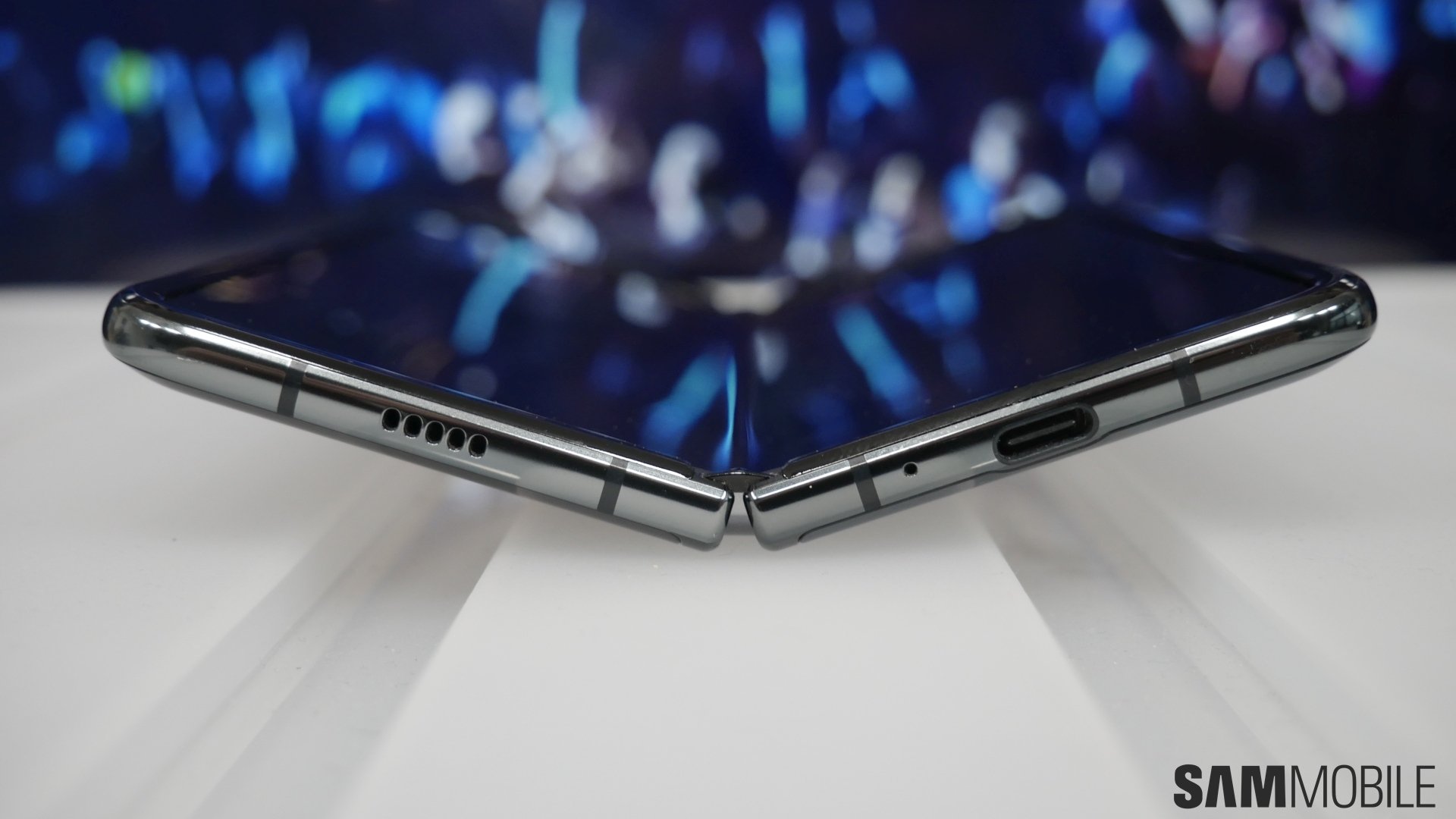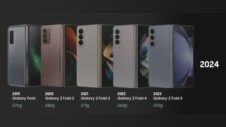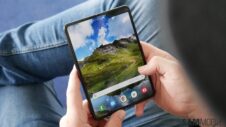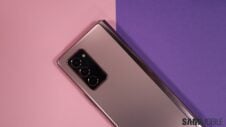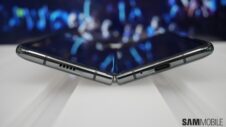I have been using the Galaxy Fold as my daily driver ever since it came out. The device has held up surprisingly well to the rigors of daily use, it has even survived a dusty holiday by the beach in Egypt. I don't feel the need to baby the device, it doesn't seem to require any extra effort on my part just to ensure that it doesn't end up being damaged.
Recently, I tried switching back to a non-foldable device, the Galaxy S20 Ultra to be precise. That's when it hit me: I have become so captivated by the foldable form factor that the candy bar form factor just seems plain boring to be me. It doesn't really feel special and there's also the fact that all of them look more or less the same. Yes, one can make a case for the Galaxy S20 Ultra's camera, but how often have you used 100x Space Zoom or even felt the need to use it?
The Galaxy Fold brought one of the most significant design changes to the mobile market in years, thanks largely to its foldable form factor. Samsung proceeded to hit it out of the park with the Galaxy Z Flip, a new foldable smartphone that capitalizes on the legacy clamshell design to power a user experience worthy of the future.
So why am I so bullish on foldable phones? The form factor is a dead giveaway. Think about it, most smartphone owners prefer bigger displays but wouldn't like the phone to be prohibitively big. This is where the Galaxy Fold excels, it gives you the luxury of having what's essentially a tablet-sized display on a device that can easily fit inside your pocket.
Granted, the technology on the Galaxy Fold is far from perfect. The display panel obviously doesn't get as bright as the one on the Galaxy S20 Ultra, for example, and the material it's made from also leaves a lot to be desired from a durability standpoint. However, Samsung has shown some progress on this front, particularly with durability, by shipping the world's first foldable glass display on the Galaxy Z Flip.
There's a solid chance that the ultra-thin glass display will be used for the Galaxy Fold 2 as well. Over the coming years, the panel quality will improve significantly, it's bound to happen. However, the lack of an IP rating for water and dust resistance still seems like a distant dream for foldable devices. That's because it's not entirely possible right now to completely seal off the hinge.
It won't be impossible to do that, but it could take time before Samsung releases foldable smartphones that can survive a dip in the pool. These are the two major pain points that I have felt with the Galaxy Fold and I'm confident that future iterations will address both of them.
Even the lack of an IP rating doesn't really cause any problems, it's the display brightness that does become irksome from time to time, particularly outside in the summers when the sun is out in all its glory. Despite that, I never feel the need to ditch the Galaxy Fold for any non-foldable smartphone, one like the Galaxy S20 Ultra that has a searingly bright display.
You would expect that a frustrating pain point might give you enough reason to switch but that's not the case with the Galaxy Fold. I don't feel the need to give it up because of this and that's down to the fact that its form factor scratches an itch that tech fans have. For me, the convenience of having a large display that can easily tuck away is much more desirable.
That being said, I understand that the Galaxy Fold isn't attainable. The price tag is just too high for most customers and Samsung is actively trying to address this. The Galaxy Z Flip, while a completely different foldable concept, does lower the cost of entry. The Galaxy Fold 2 is also expected to be cheaper than its predecessor so there's hope that over the next few years, these devices will become more affordable.
Let me conclude by saying that the Galaxy Fold is a risky product, not because of the reasons you might be thinking. It's risky because it may never let you switch to a “regular” phone again. They truly represent the future of the mobile industry.
